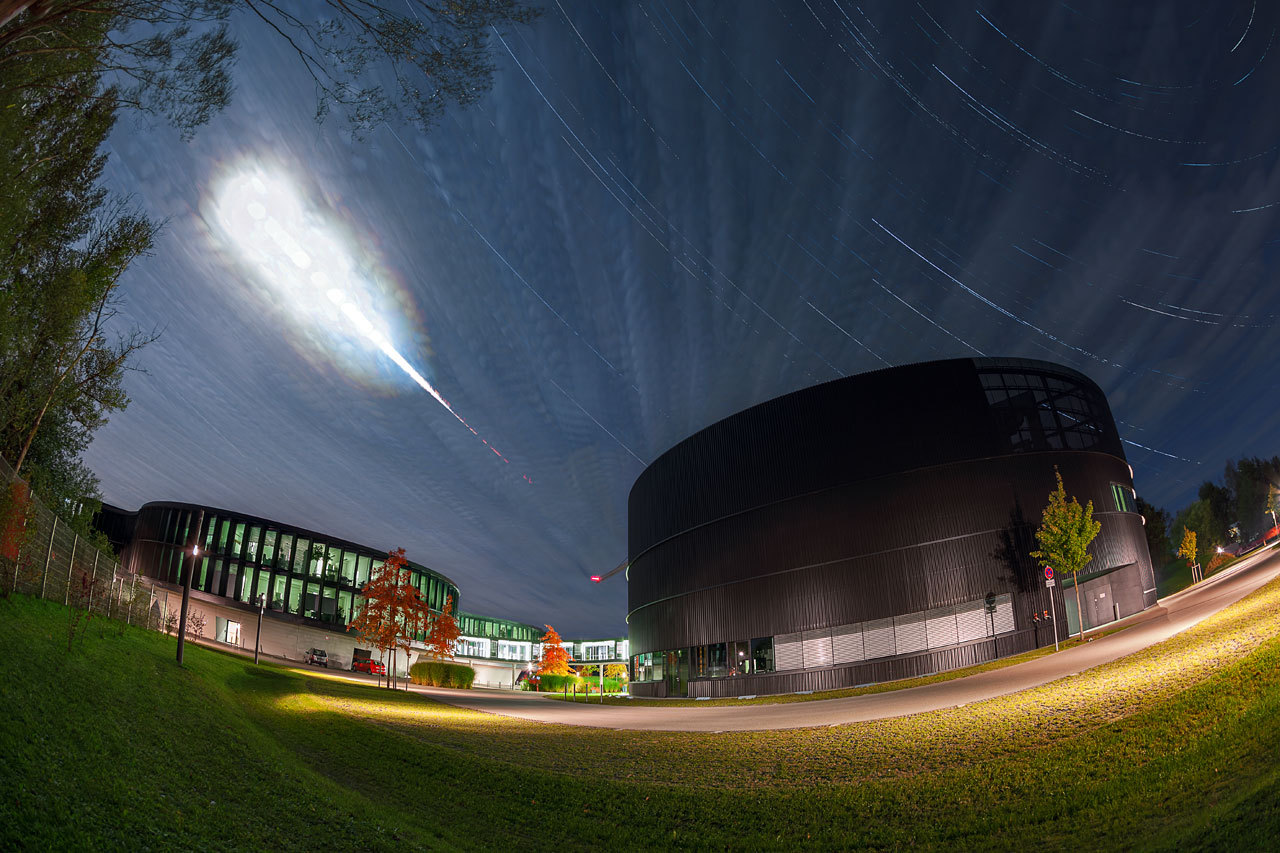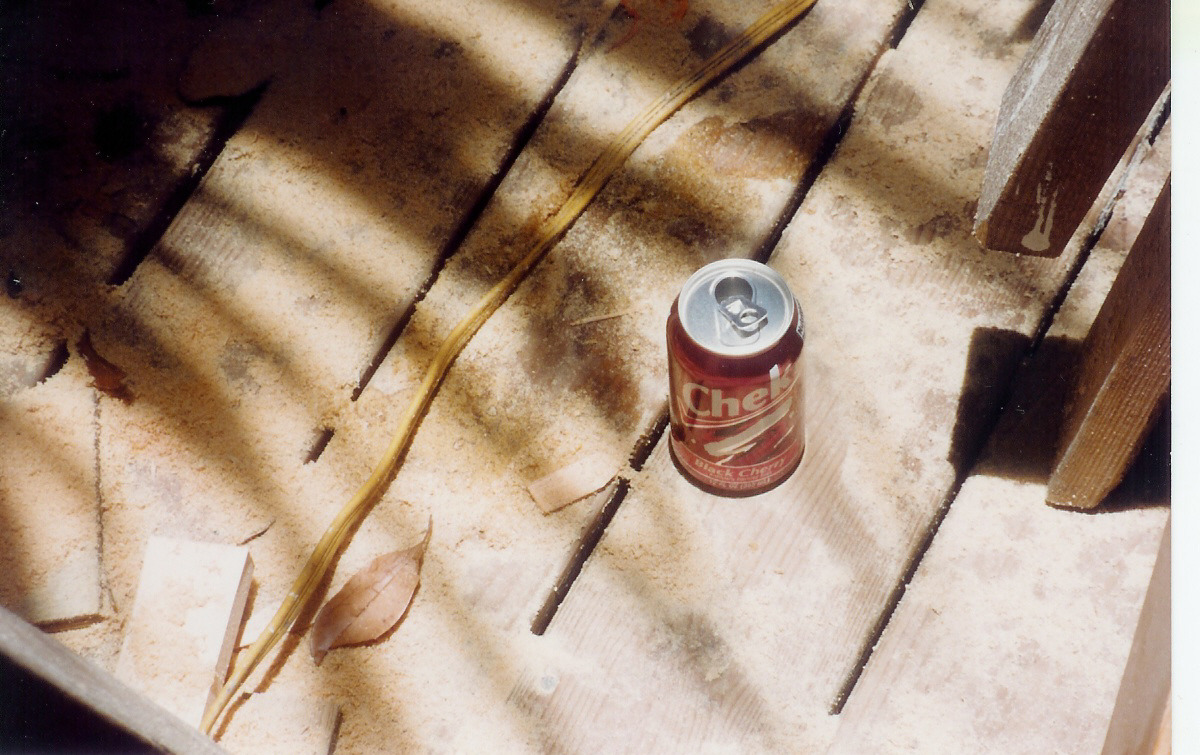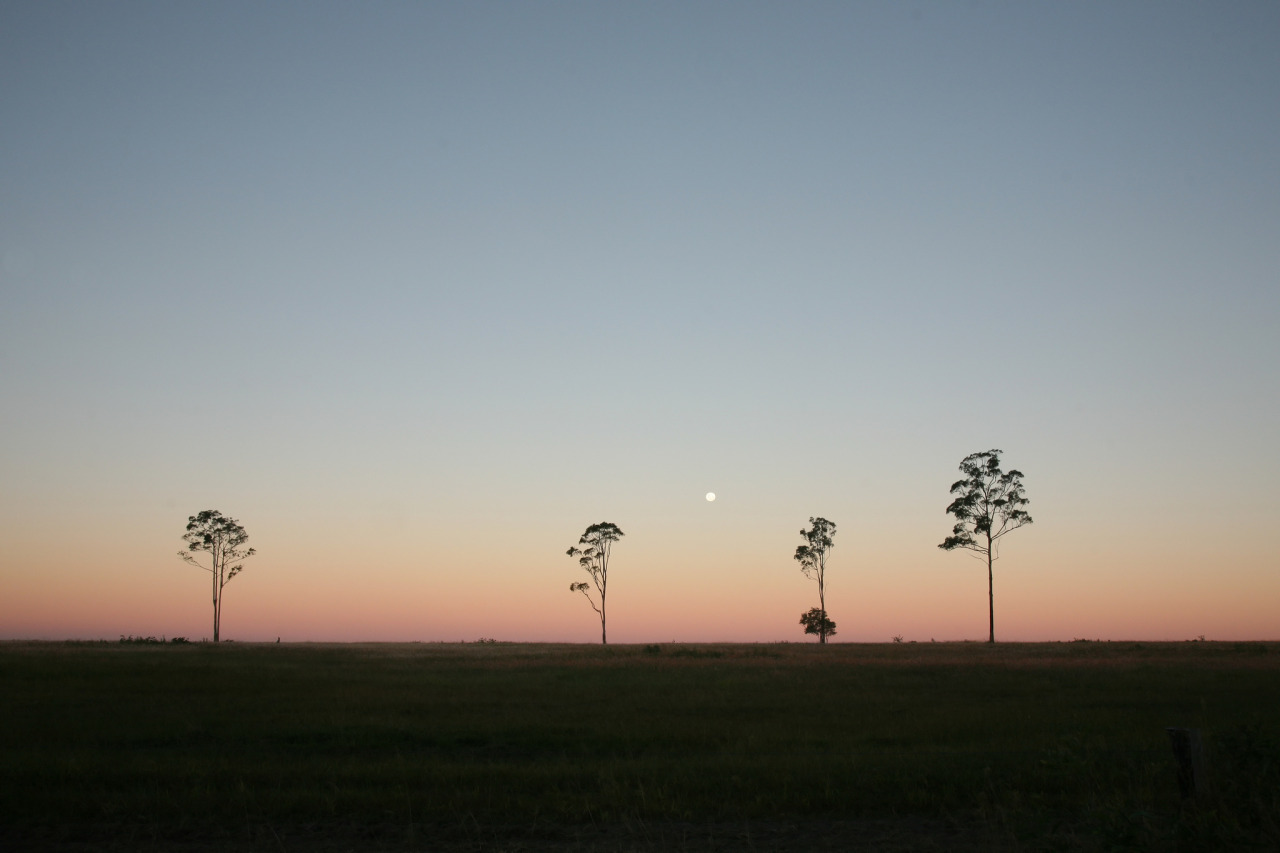5 facts about time in the tropics
Today’s the day when every four years we enjoy an extra 24 hours in our calendar – it’s 29 February! The Tropics is home to many interesting and unique plants, animals and people.
But did you know it’s also home to fascinating concepts which relate to physics? Here’s five:
1. A tropical year is 365.24219 days long

Photo: ESO/MZamani, Flickr cc-by 2.0
We know that there’s 365¼ days in a year, which is why we add an extra day every four years to make a Leap Year, but how do we measure a year? We know that a year is the time it takes for the Earth to travel around the Sun, but depending on your measuring point, you will have a slightly different result.
There is a tropical year, which measures from equinox to equinox and is 365.24219 days; a sidereal year, which measures from the Earth’s position in relation to a particular star and is 365.25636 days; and an anomalistic year, which takes the measurement from the point when the Earth is at its closest to the Sun and takes 365.25964 days.
And because it’s not exactly a quarter of a day longer, we only have leap years of century years when the century is divisible by 400. So 1900 was not a leap year, 2000 was, and 2100 will not be.
2. Twice a year in the Tropics, you won’t have a shadow.

Photo: Mangrove Mike, Flickr cc-by 2.0
The Earth rotates on a slight tilt, and it’s this tilt which gives us the Tropics. The Tropic of Cancer and the Tropic of Capricorn are the most northern and southern lines on Earth where the sun will appear directly overhead, during the solstices.
Outside the Tropics, no matter the time of year, the sun’s light will always reach you at an angle. However, if you live within the Tropics, as we do at JCU, it means the sun will be directly overhead twice a year – and you will have no shadow.
3. It’s difficult to read a sundial in the Tropics.

Photo: Liz West, Flickr cc-by 2.0
One of the most common types of sundial is a horizontal sundial, where the face of the dial is pointing to the sky and a triangular gnomon (shadow caster) sits in the middle. Outside the Tropics where the sun always shines from the same direction, these sundials can be read by lining up the gnomon’s shadow to markers on the face.
In the Tropics, because the sun comes from different directions depending on the time of year, the gnomon’s shadow will get harder and harder to read as the sun moves overhead and to the opposite direction the gnomon was set up for.
It is possible to make a sundial for the Tropics, but they require extra calculations.
4. Twilight is shorter in the Tropics.

Photo: Bert Knot, Flickr cc-by-sa 2.0
If you’re new to the Tropics, you may have noticed that darkness falls much quicker here compared to regions to the south. Twilight is determined by the centre of the sun in relation to the horizon and the angle of the sun as it shines through the atmosphere.
In the Tropics, because of the Earth’s tilt, the sun sets at a nearly right angles throughout the year and vanishes behind the horizon faster. The further from the Tropics you travel, the more oblique the sun’s angle and therefore takes a longer time for darkness to fall.
5. Solar noon in Townsville and Cairns will occur four minutes apart today.

Photo: Peter Daniel, Flickr cc-by 2.0
Solar time is determined by the movement of the sun across the sky, as opposed to the time displayed on a clock, which in Queensland is UTC (GMT) +10 hours. Solar noon is when the sun is at its highest point in the sky.
Today, solar noon will occur in Townsville at 12:25pm and in Cairns at 12:29pm.
JCU Physics lecturer John Daicopoulos loves that physics helps him to learn more about the world.
“I get to understand how the universe works,” he says. “Nothing’s out of bounds in physics.”
A discipline of science with a wide range of job prospects, a degree in physics could see you working in fields including meteorology, oceanography or health.
“One of the biggest areas for physics jobs is finance due to their work with modelling and big data sets,” John says. “Physics jobs are all over the place – why wouldn’t you study physics?”
Learn more about JCU’s Bachelor of Science in Physics.